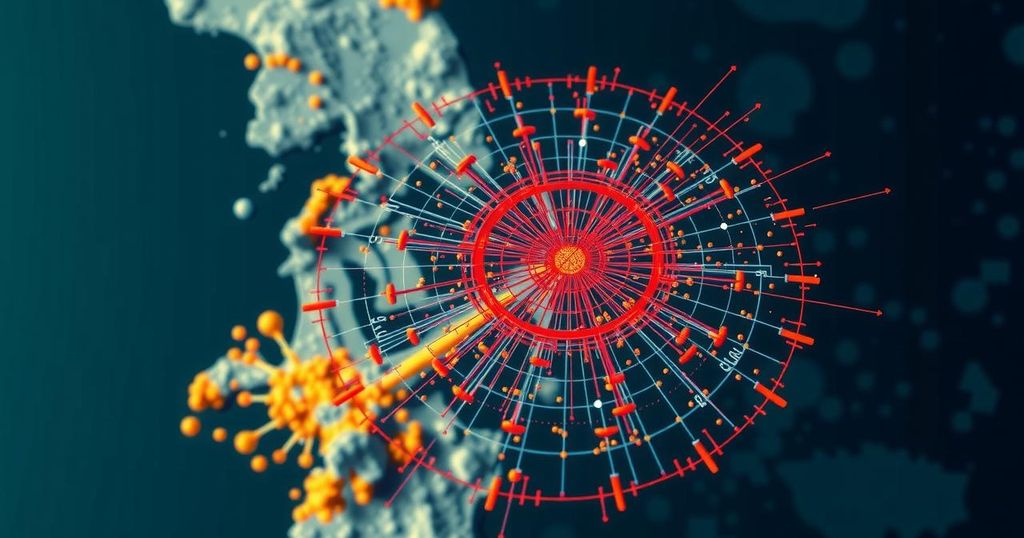A 6.8-magnitude earthquake struck Cuba on November 11, following seismic events in Peru, Chile, California, Greece, and Hawaii. The quakes highlight ongoing tectonic activity in these regions, prompting increased awareness and preparation among residents.
On Sunday, November 11, a significant seismic event measuring 6.8 on the Richter scale occurred in Cuba, as reported by the United States Geological Survey (USGS). The earthquake’s epicenter was located near Bartolomé at a depth of 14 kilometers (approximately 8.7 miles). At the time of publication, the USGS had recorded 117 accounts of residents feeling the tremor, indicating its noticeable impact on the local population. This event follows a series of seismic activities across the region, commencing with a 5.0-magnitude earthquake in Peru on November 7. The earthquake originated in Changuillo at a considerable depth of 54.8 kilometers (roughly 34 miles). Just a day later, on November 8, Chile experienced a 6.2-magnitude quake, centered in Cochrane at a depth of 10 kilometers (approximately 6.2 miles). Following these events, a 4.4-magnitude earthquake shook California on the same day as the Chile quake, centered in Borrego Springs at a shallow depth of 9.8 kilometers (about 6 miles). The seismic trend continues with a 4.4-magnitude earthquake reported in Greece on November 5, situated in Chalandrítsa at a depth of 82.3 kilometers (about 51.1 miles). Shortly thereafter, a 4.8-magnitude earthquake struck Hawaii, centered in Pāhala at a depth of 38.4 kilometers (approximately 23.9 miles) on the same day. This chain of seismic events highlights the ongoing tectonic activity within the Americas and surrounding regions, prompting awareness and preparedness among communities.
Understanding recent earthquakes is crucial, especially in regions prone to seismic activity. The United States Geological Survey (USGS) serves as an authoritative source for earthquake data, offering detailed information about magnitudes, epicenters, and depth. This particular cluster of earthquakes reflects an interconnected geological phenomenon where multiple tremors can occur in a relatively short timeframe across varied locations, including the Americas and Europe.
In summary, the recent earthquake activity observed in Cuba, along with related events in Peru, Chile, California, Greece, and Hawaii, underscores the significance of monitoring seismic activity within tectonic plates. With the USGS providing timely updates, it is imperative for communities in earthquake-prone areas to remain informed and prepared for potential seismic events.
Original Source: wham1180.iheart.com






